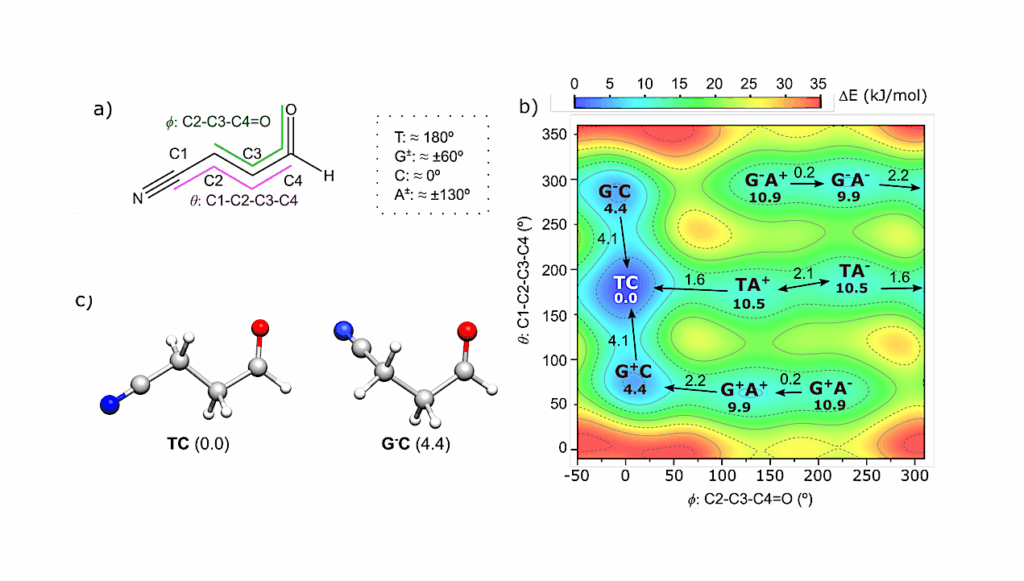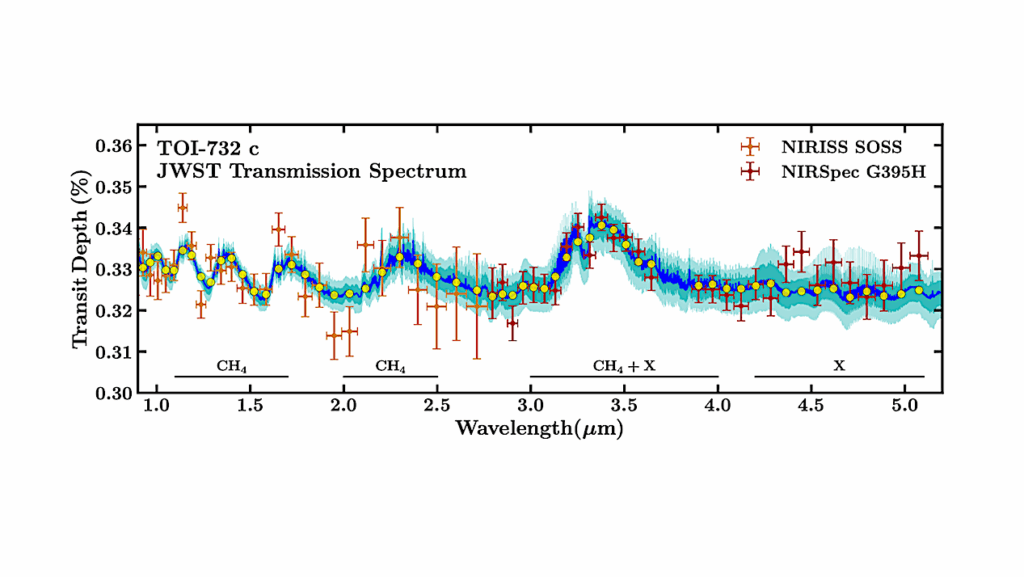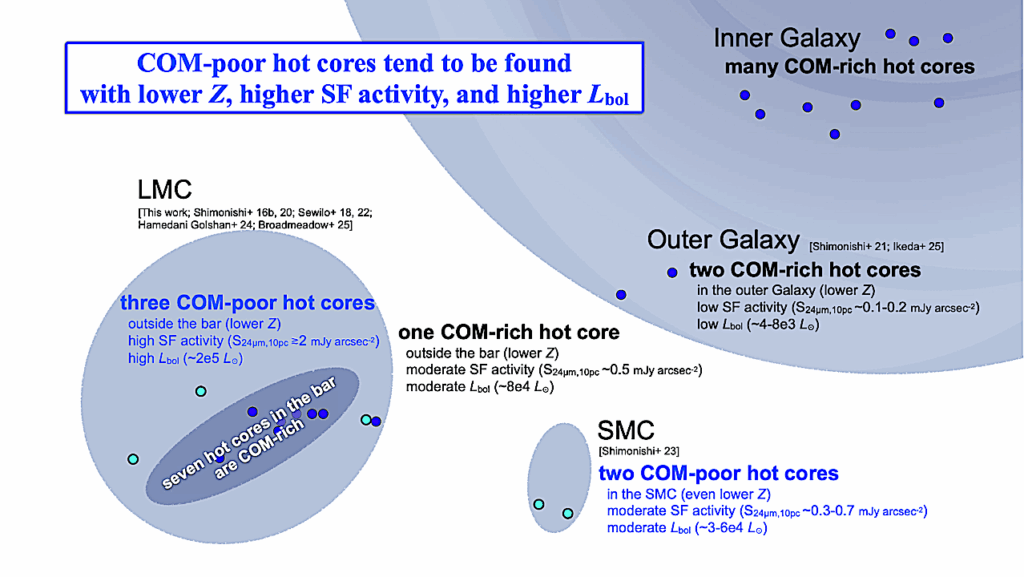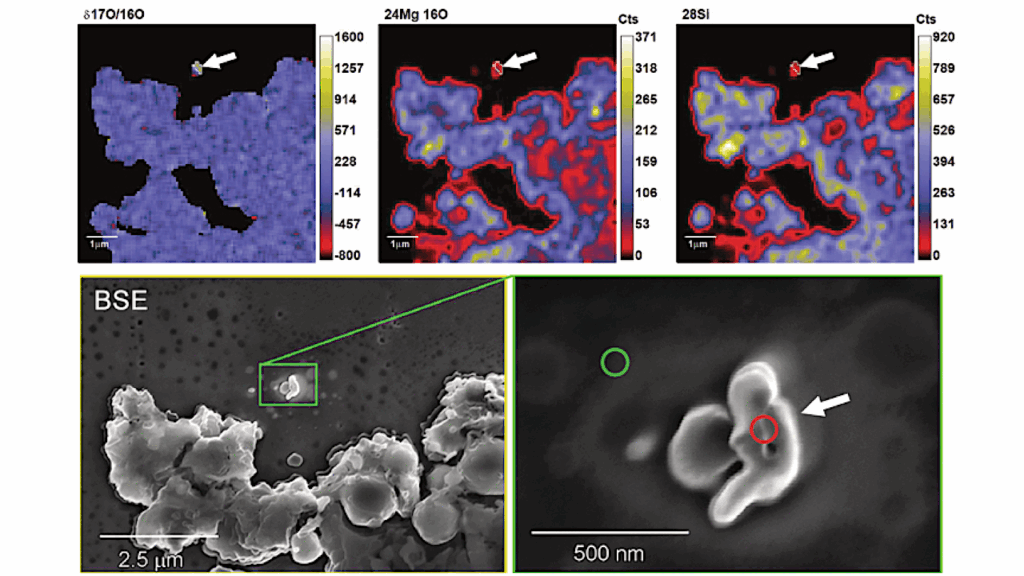TIRAMISU: Non-LTE Radiative Transfer For Molecules In Exoplanet Atmospheres
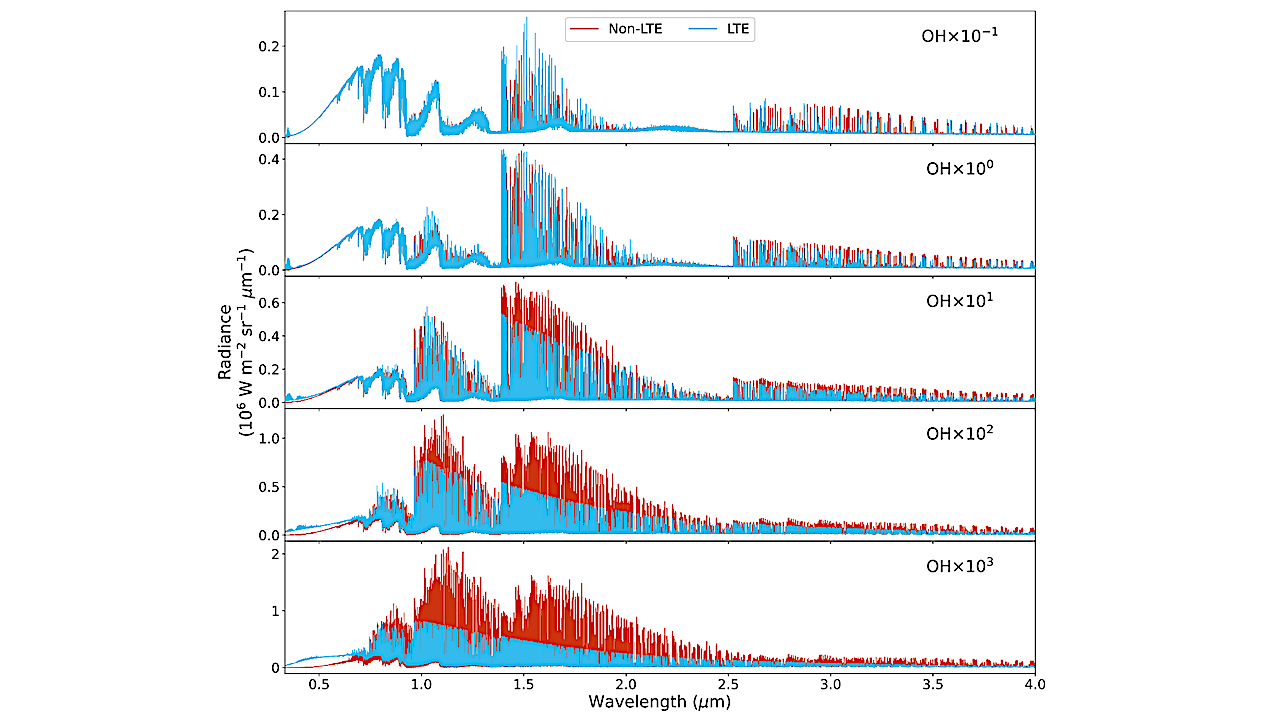
The TIRAMISU code, a new program for computing on-the-fly non-LTE molecular spectra and opacities for solving self-consistent radiative transfer problems in exoplanet atmospheres, is presented.
The ultra-hot Jupiter KELT-20 b is used as a case study to identify the wavelength regions at which non-LTE effects may be detectable. It is shown that upper atmospheric OH in vibrational non-LTE should be observable primarily via hot bands in the mid-infrared and enhanced photodissociation in the visible.
Varying the abundance of OH in non-LTE demonstrates a non-linear relationship between the abundance and the strength of non-LTE effects. Using recent calculations of the photodissociation probabilities of OH it is shown that non-LTE effects can increase the total photodissociation rate by two orders of magnitude in the upper atmosphere, which is likely to have a significant impact on atmospheric and chemical modelling.
Increases and reductions in the molecular opacities under non-LTE conditions may lead to the mischaracterisation of molecular abundances in retrievals that only consider opacities computed under LTE. Collisional data requirements to support future non-LTE modelling for a variety of exoplanet atmospheres and across a wide range of wavelengths are discussed.
Charles A. Bowesman, Sergei N. Yurchenko, Ahmed Al-Refaie, Jonathan Tennyson
Subjects: Earth and Planetary Astrophysics (astro-ph.EP)
Cite as: arXiv:2508.12873 [astro-ph.EP] (or arXiv:2508.12873v1 [astro-ph.EP] for this version)
https://doi.org/10.48550/arXiv.2508.12873
Focus to learn more
Submission history
From: Charles A. Bowesman
[v1] Mon, 18 Aug 2025 12:17:07 UTC (3,048 KB)
https://arxiv.org/abs/2508.12873
Astrobiology



